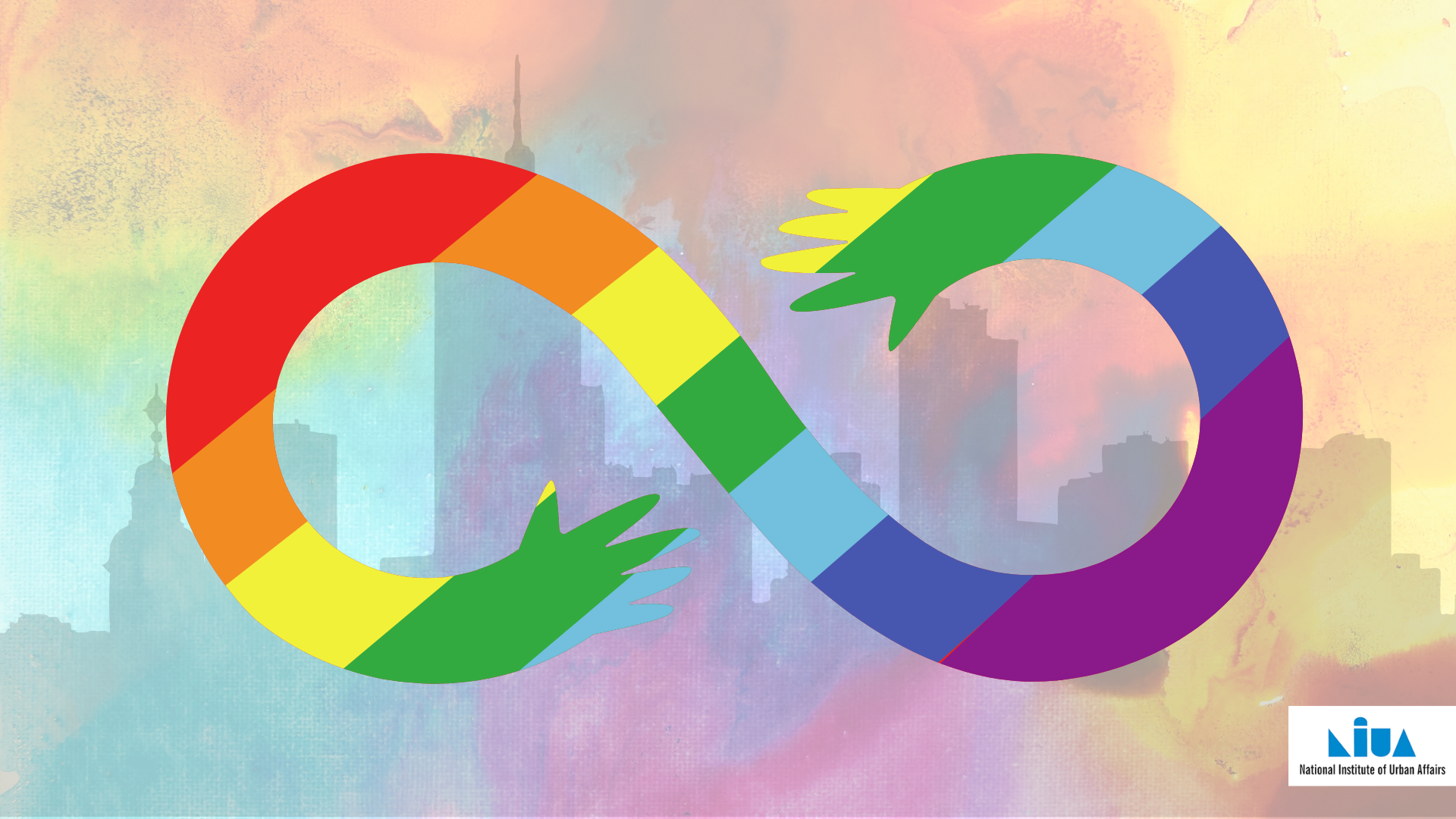
Author- Kanika Bansal, Senior Program Associate, BASIIC programme
2nd April is observed as “World Autism Awareness Day”. It highlights the need to help and improve the quality of life of those with autism so that they can lead full and meaningful lives as an integral part of society. Autism Spectrum Disorder (ASD), or Autism, is a broad term used to describe a group of neurodevelopmental conditions, characterised by differences in communication and social interaction. It is estimated that about 1 in 1001 children have this neurological development disability. In India itself, an estimated three million people live with ASD. While the exact cause of autism is unknown, studies indicate certain genetic mutations being born to older parents, low birth weight, metabolic imbalances, exposure to heavy metals and environmental toxins, maternal history of viral infections2, etc. as potential risks for a child to be born with ASD. This indicates that with the prevailing lifestyles among the urban populations, a steep increase in the number of children born with Autism is anticipated. Hence, with a large number of people being diagnosed with ASD and the number expected to exponentially increase, it makes it imperative to comprehend the various aspects of autism and build cities to be more conducive for persons with autism.
Sometimes in response to stress or changes in routines, children with autism may display antisocial behaviours such as aggression, withdrawal, or even seeking self-stimulation3 that makes it tough for parents to handle their children because of the social consequences. These behaviours can even lead to humiliation, social exclusion, and isolation making it difficult for new parents to understand and accept that their child has autism. It sometimes escalates to anxiety and instances of violence towards the child often resulting in the child feeling lonely and depressed and can, in turn, affect the intellectual and emotional growth. Other concerns associated with parents of an autistic child include, insecurities about the child’s future and the absence of a conducive urban environment for the physical and intellectual development of the child. According to studies, the basic needs that individuals with autism would require to lead a quality life are vocational and life skills training, mental and physical health support, employment opportunities, public transportation, and affordable housing4. However, people with ASD often experience physical, social and attitudinal barriers to attain education, employment opportunities, access to healthcare, and integrating into social living. Interesting shows and movies like the Good Doctor and the Accountant have very fittingly depicted the barriers existing in our social constructs for people with autism. To this extent, the urban areas largely do not consider their needs, making it difficult for persons with ASD to live independently. For instance, the crowd in the urban public spaces, loud honking noises on streets, the use of high contrast colours, etc. produces anxiety among persons on the autism spectrum.
For urban practitioners to be cognizant of the accessibility/special needs of persons with ASD,it requires the integration of an Autism-friendly approach. Stakeholders must make themselves aware of social engagement and environmental factors affecting people on the autism spectrum. As such, modifications should be made to physical space, information dissemination and communication methods to better suit individual's unique and special needs. A study conducted in the United States identifies eight autism-friendly design features5
- low stimulation, predictability/consistency, retreat space, wide circulation spaces/proxemics, natural light and/or avoiding flickering/buzzing lights, low noise levels, minimization of "fascinators," and use of low-arousal colours. Some practical strategies for Indian cities would include, provision of silent spaces in public spaces, use of pleasant colour schemes, and ensuring simple routes with appropriate wayfinding signages. Further, the required infrastructure and services could be clustered to ensure better navigation and avoid conflicting environments.
Although the efforts are still fragmented and require a proper integration across all sectors, it is encouraging to see that the cities are acknowledging these principles and provisions. The incorporation of silent spaces in the Chennai Museum is one such example. Along with the autism-friendly urban design, inclusive education provision and reasonable accommodation in employment policies should be ensured. The creation of safety nets and social protection schemes are essential to support persons on the high autism spectrum. In addition, awareness and sensitivity about ASD are imperative to break the societal taboos and stigmas associated with autism and ensure the empowerment and independent living of people with ASD. Even though persons with ASD might have difficulty talking/ have very limited speaking skills and develop language skills at an uneven pace, it is important to understand that Autism is a spectrum. Individuals should not be relegated for what they cannot do. Autistic individuals such as i.e. Kim Peek (Raymond from Rain Man) is exceptional at certain qualities. This is true to a number of notable individuals in the long and rich history of art and culture. For example, Dr Vernon Smith, Nobel Prize winner in 2002 for his contributions to experimental economics, credited his autism for his professional success. With a little bit of acceptance and proper infrastructural support, persons with ASD can be fully integrated into the daily functioning of a city much like any other people.
Reference :
1https://www.who.int/news-room/fact-sheets/detail/autism-spectrum-disorders
2https://www.healthline.com/health/autism
3Behaviour consists of repetitive actions or movements of a type that may be displayed by people with developmental disorders, most typically autistic spectrum disorders.
4https://www.sciencedaily.com/releases/2014/05/140501123405.htm
5Exploring Urban Design Theory: A Qualitative Study Integrating "Autism-Friendly Environments" As an Emerging Perspective, By Grancich, Daniyel Danica; Bollens, Scott A, 2014
Author- Kanika Bansal, Senior Program Associate, BASIIC programme
Add new comment